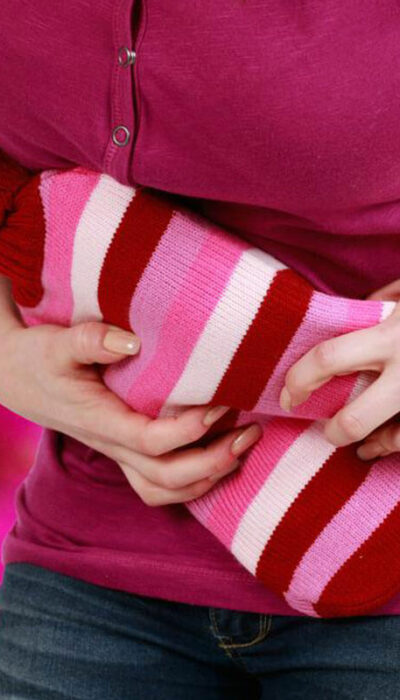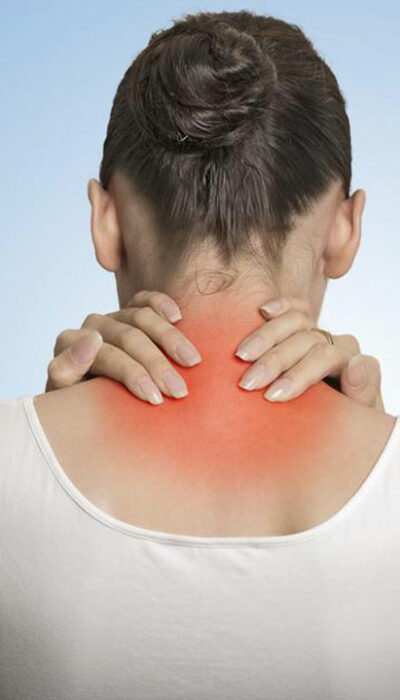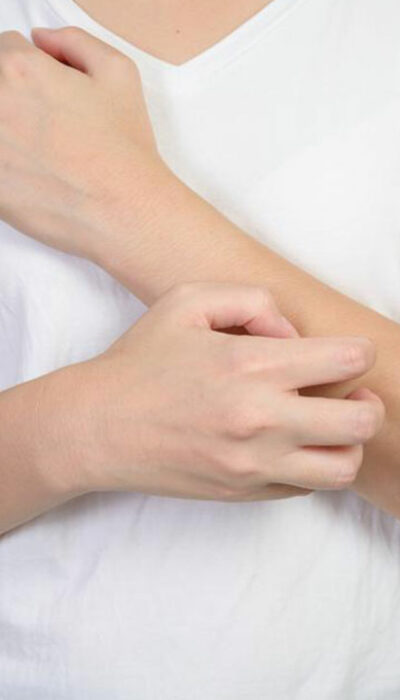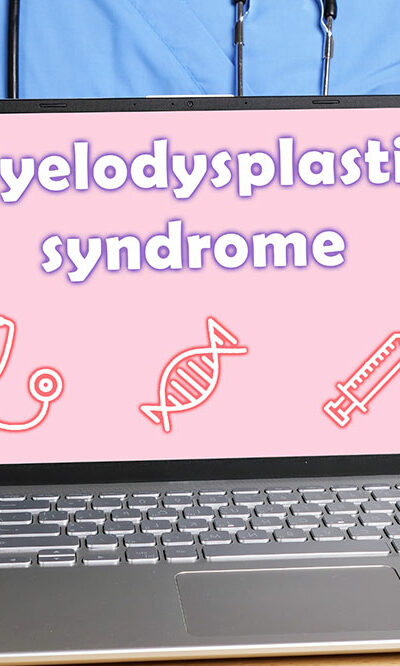
Do You Suffer from These Bladder Control Problems in Women?
Do not just live with urinary incontinence – learn what causes it so you can improve bladder control problems in women. If you think that urinary incontinence is a problem that only older women and men deal with, think again. Bladder control problems in women are common, and they affect women of all age groups. Sometimes, there is a clear starting point for bladder control problems in women. You may have just delivered a baby, and are getting back to your active lifestyle, when you suffer through an “accident”. Owing to how embarrassing bladder control problems in women can be, a lot of women never seek help for this treatable condition. Regardless of age, many across the globe are living with bladder control problems in women, and shrouding the condition in secrecy. However, the truth is that more than 13 million people in the United States have incontinence issues. Bladder control problems in women are twice as likely as men. According to the Agency of Healthcare Research and Quality, 30 percent of young women suffer incontinence. The rates of bladder control problems in women increase with age, with 40 percent of middle-aged women, and 50 percent of older women suffering from urinary incontinence. Bladder control problems in women affect quality of life on multiple levels. It affects your emotional wellbeing, sexuality, as well as body image. The problem is that many never seek medical help for bladder control problems in women. They assume that this problem is just a normal part of life after delivering children or once menopause starts, but it is not. It is a medical problem like any other. Once you know the type of bladder control problems in women you have, you can seek effective medical help to improve your quality of life. Types of Bladder Control Problems in Women Simply speaking, when you cannot control the release of your urine, you are suffering from urinary incontinence or bladder control problems in women.










